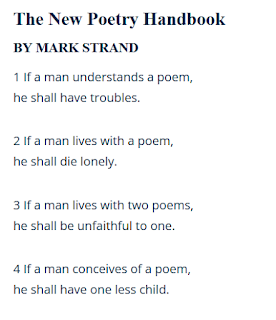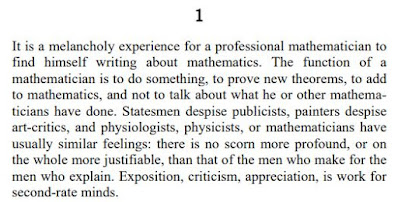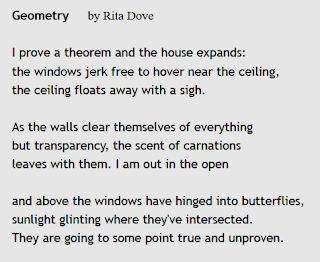Recently Pulitzer Prize-winning poet and former US poet laureate (2007-2008) Charles Simic has died. Although Simic's poems were seldom mathy, he spoke as mathematicians do -- with precision and purpose. Below I offer again one of his poems that speaks of Euclid (previously posted back in 2011).
The Chair by Charles Simic
The chair was once a student of Euclid.
The book of its laws lay on its seat.
The schoolhouse windows were open,
So the wind turned the pages
Whispering the glorious proofs.
The sun set over the golden roofs.
Everywhere the shadows lengthened,
But Euclid kept quiet about that.
"The Chair" is found in Simic's collection Hotel Imsomnia (HBJ, 1992). This link leads to a list of previous blog postings that feature Simic. Here is a link to poets.org that features lots of Simic's poems and here at poetryfoundation.org are lots more.













